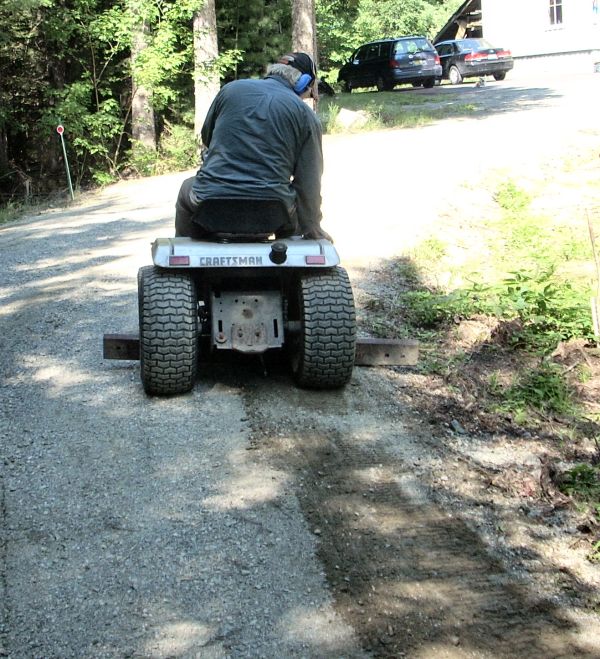Unless the amp is exceptionally marginal for noise, 4:1 variation in source impedance have little effect on noise. Even when cornered, 2:1 variation is small effect.
Unless the transformer is exceptionally lossy, the winding resistances are ~~5%-10% of nominal impedance and thus "hardly matter". (Nominal 2,430 winding 92 ohm loss, 4%; 5K winding 150 loss 3%.)
P48 Phantom was designed to have "very little" effect on nominal 100-300 ohm lines. (The 6K8 are in series to the signal, 13K across 200 is under 2%.)
Therefore when using transformers at nominal impedances, just go by turn-ratio, don't sweat the small errors.
> that gets me 229R then
That's what I get the long way. And the short-way does not work because we have 80 ohms driving a nominal 42K winding. That's artificial: the 80 ohms is a powerful amplifier and the 42K is super-light loading. In this case I'd double the secondary DC resistance: 180 ohms to the amp. That assumes both windings have similar losses and the line source vanishes in the haze.
OTOH, the line sees (short-way) 2430*4^= 37K4. They say 42K (I say 38K8), but what is the difference? If I consult noise-plots for amps, 37K or 42K are no-different.
> R9 & R10 can't be removed because they are biasing the input BJTs
If you have Center-tapped windings, both Phantom and bias may be moved to the CT and put no load on the signal. 3K4 to CT is a fairly common thing in older gear.
Dum-dum question: WHY are you going through a transformer into a diff-input amp? A great feature of transformers is that they WILL do the diff-unbal conversion for you, and in some ways better than a diff-amp.
The 1510 series is DESIGNED to work TRANSFORMERLESS. Is adding a transformer to it like putting a tube in a tubeless tire? (The tire will run hotter, you aint supposed to do that.) It sure is like not-using features you paid for.
And if you must do this: why do you need R36 -and- R9 R10? Select R9+R10 to give the suggested loading on the secondary. Check if this is low enough to satisfy bias current.
It seems the Carnhill VTB9045 suggests 5K loading? OK, but your R9 R10 add an additional 1K2+1K2 or 2K5 load. Total 1K7, MUCH less than Carnhill tole you to. Also an apparent 1K7/4= 417 ohm load to the mike, which is rather low.
To hit Carnhill's suggestion you want two 2K5 resistors, grounded at the center to supply amp bias current. But that is higher than THAT's suggestion for bias resistors.
> for THIS PARTICULAR application (i.e. into THAT15xx)
Yes. The 1510 series was made to look DIRECTLY at the mike. It runs high input-device (and bias) current to get low NF for 150 ohms, despite the pair-input topology. With a 2:1 transformer you really should cut 1510 input device current way down to optimize for 600 ohms (and have less bias current); but not possible. But with a transformer you would also like to switch to a single-ended input, one device, less cumulative noise. Now we've asked for two major hacks on a fine chip, we should look for another. Actually with 1:2 step-up, many standard chips (even diff-input but unbal out) such as 5532 will work fine. AND a buck cheaper, and possibly already in-stock in your factory or lab.



